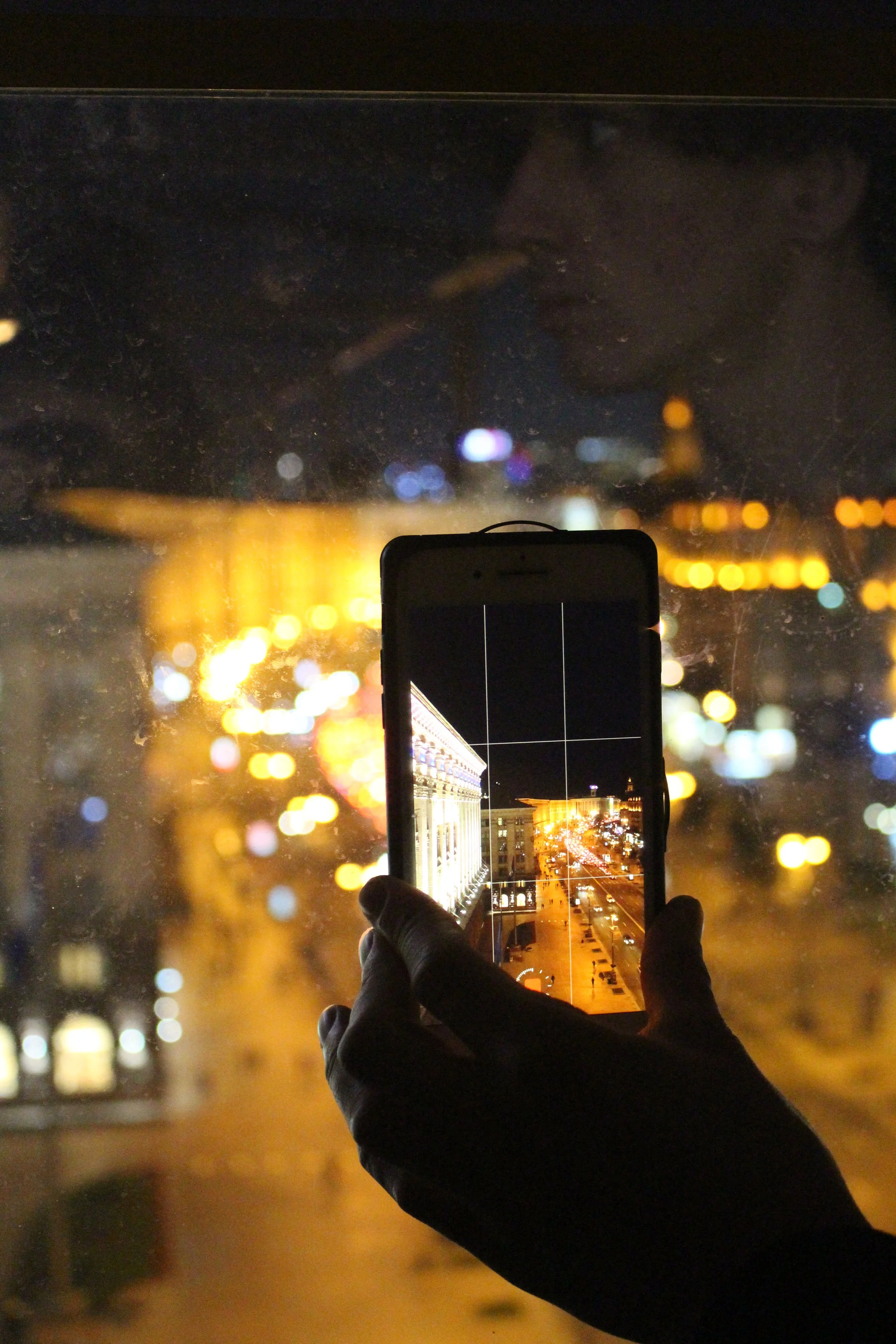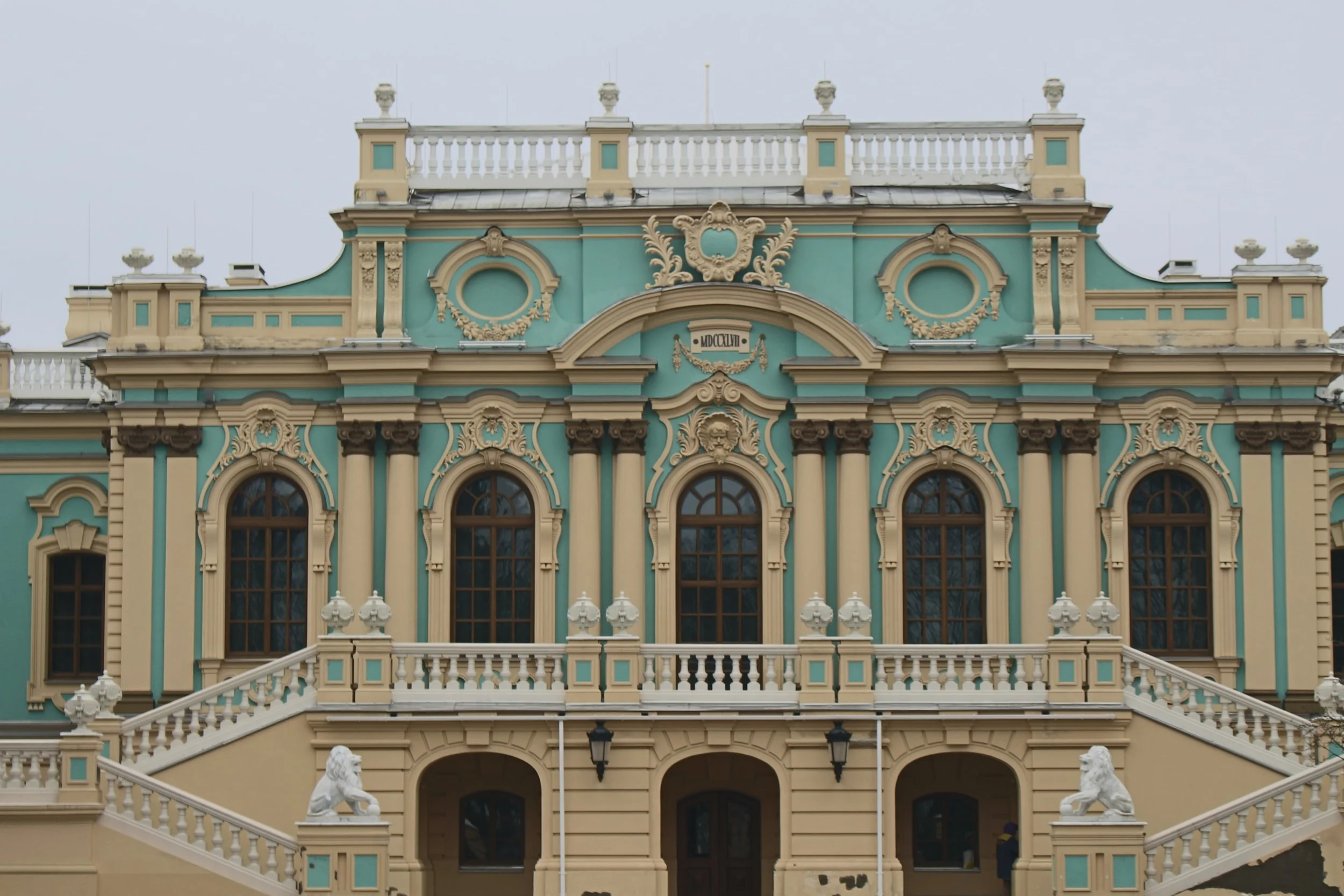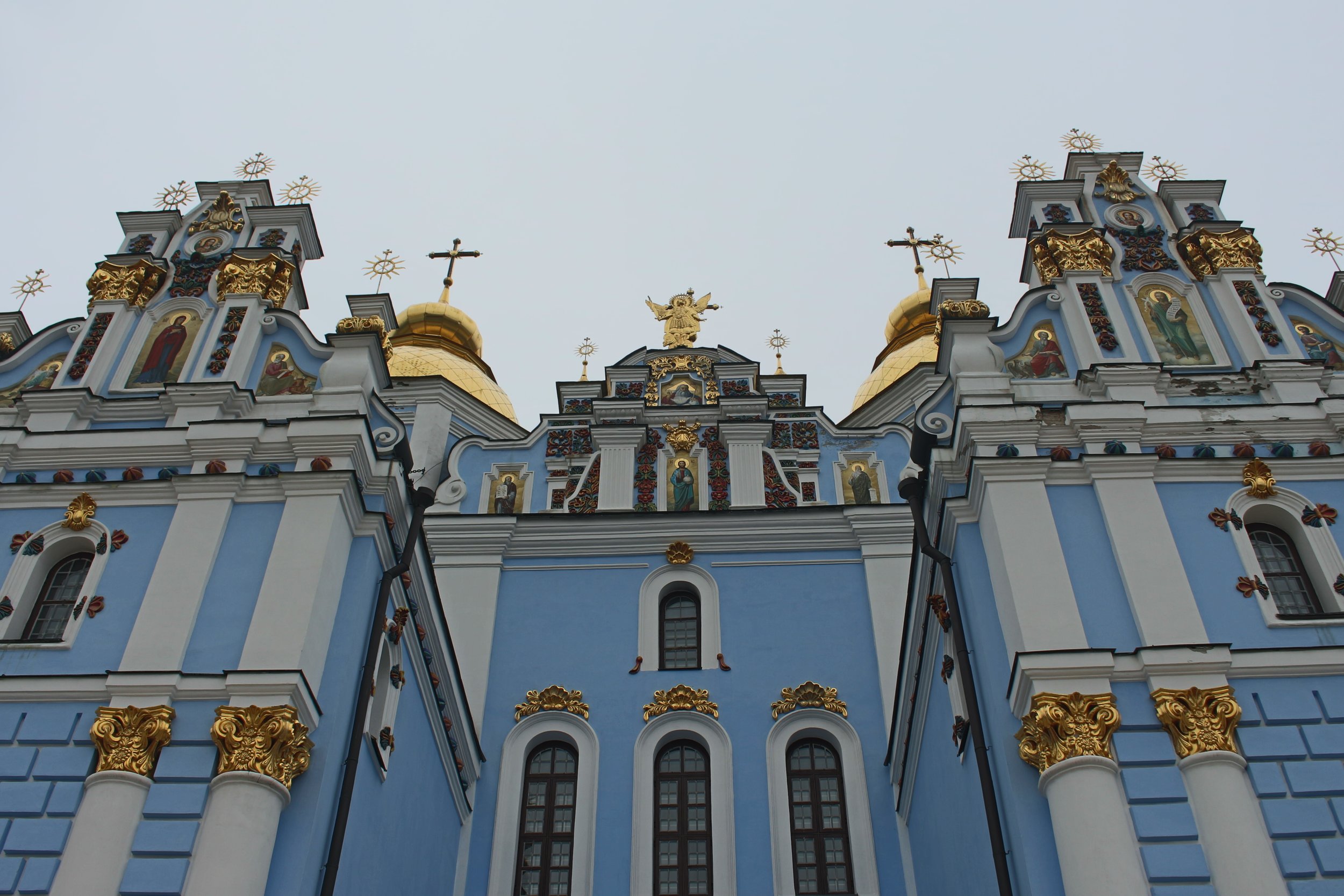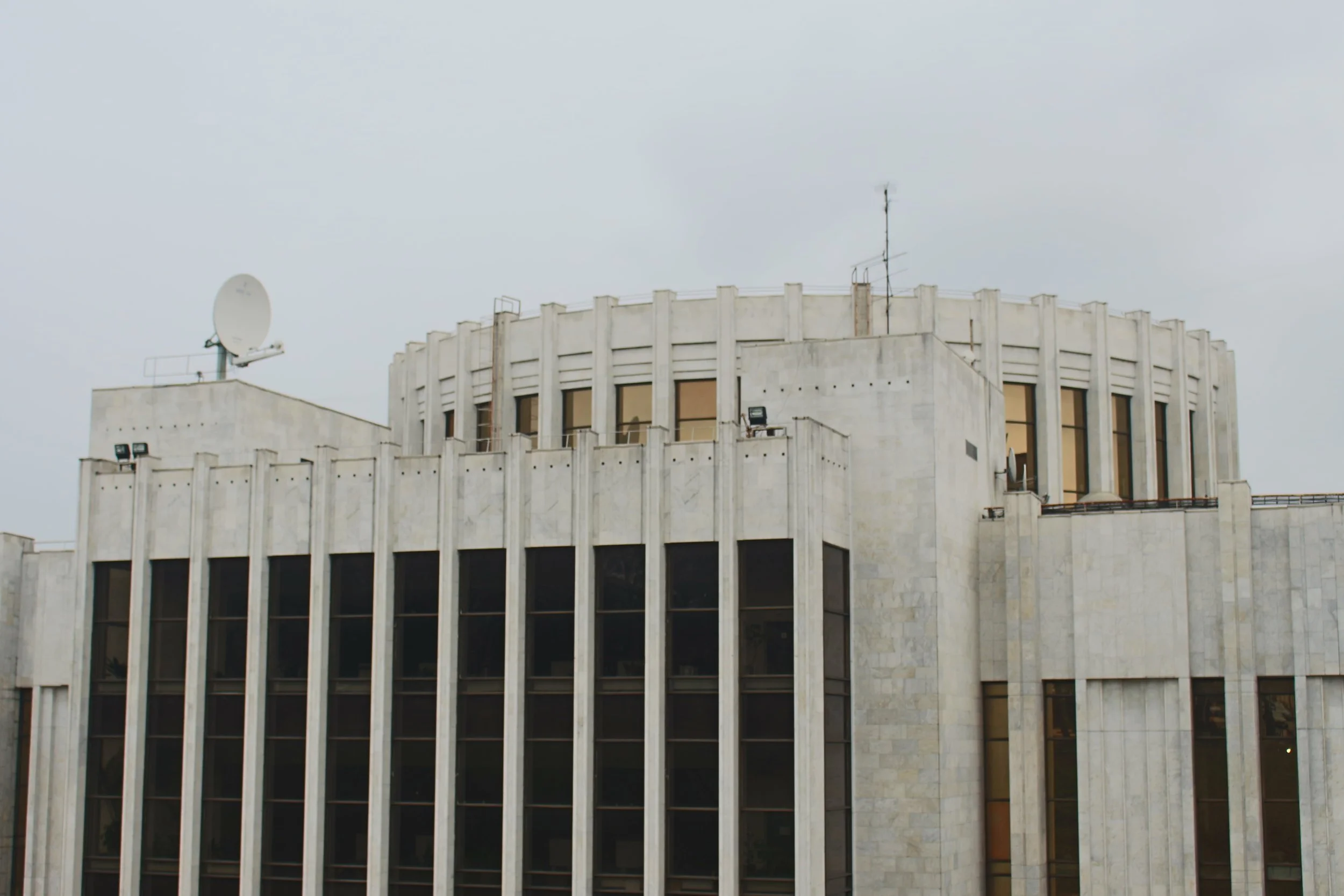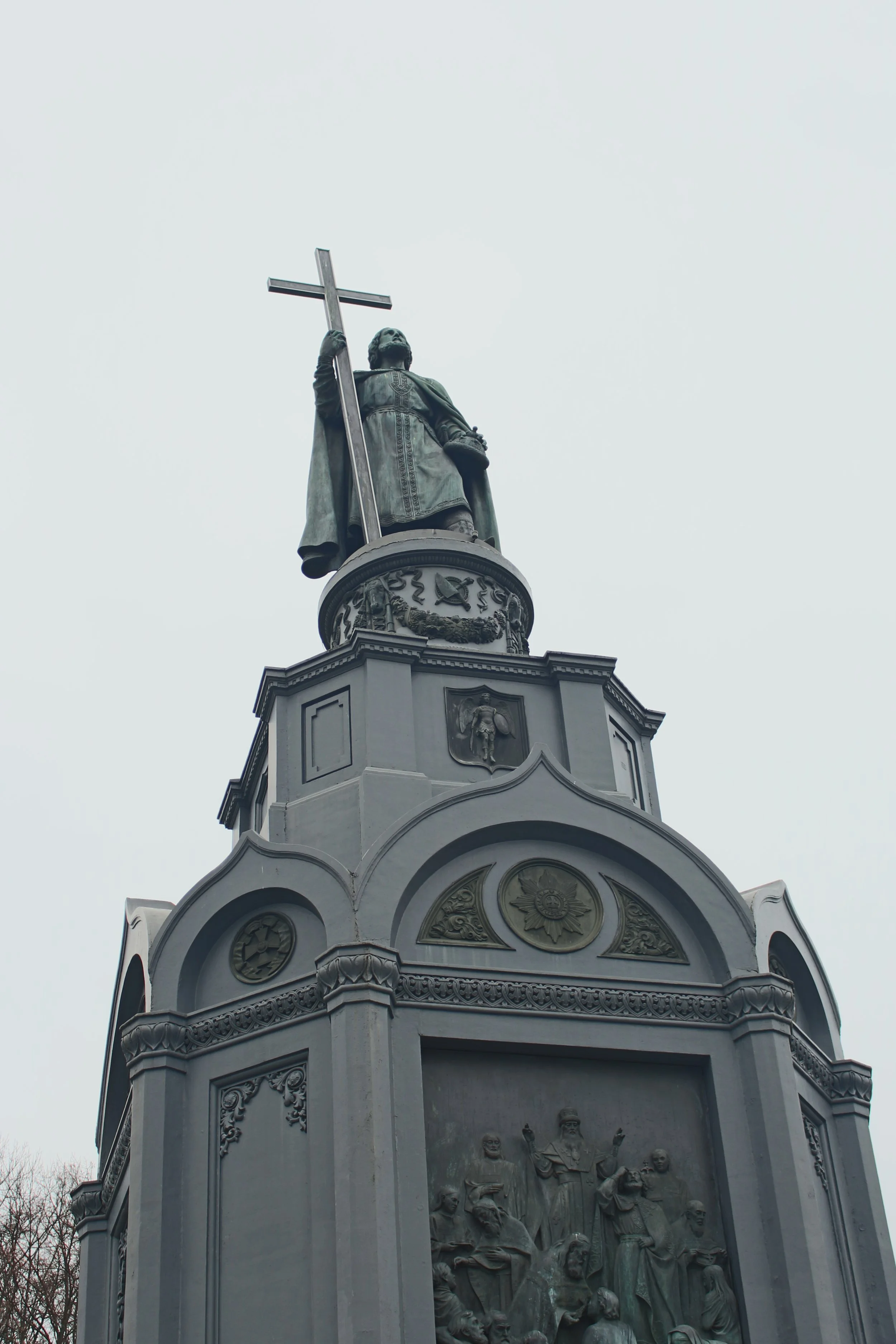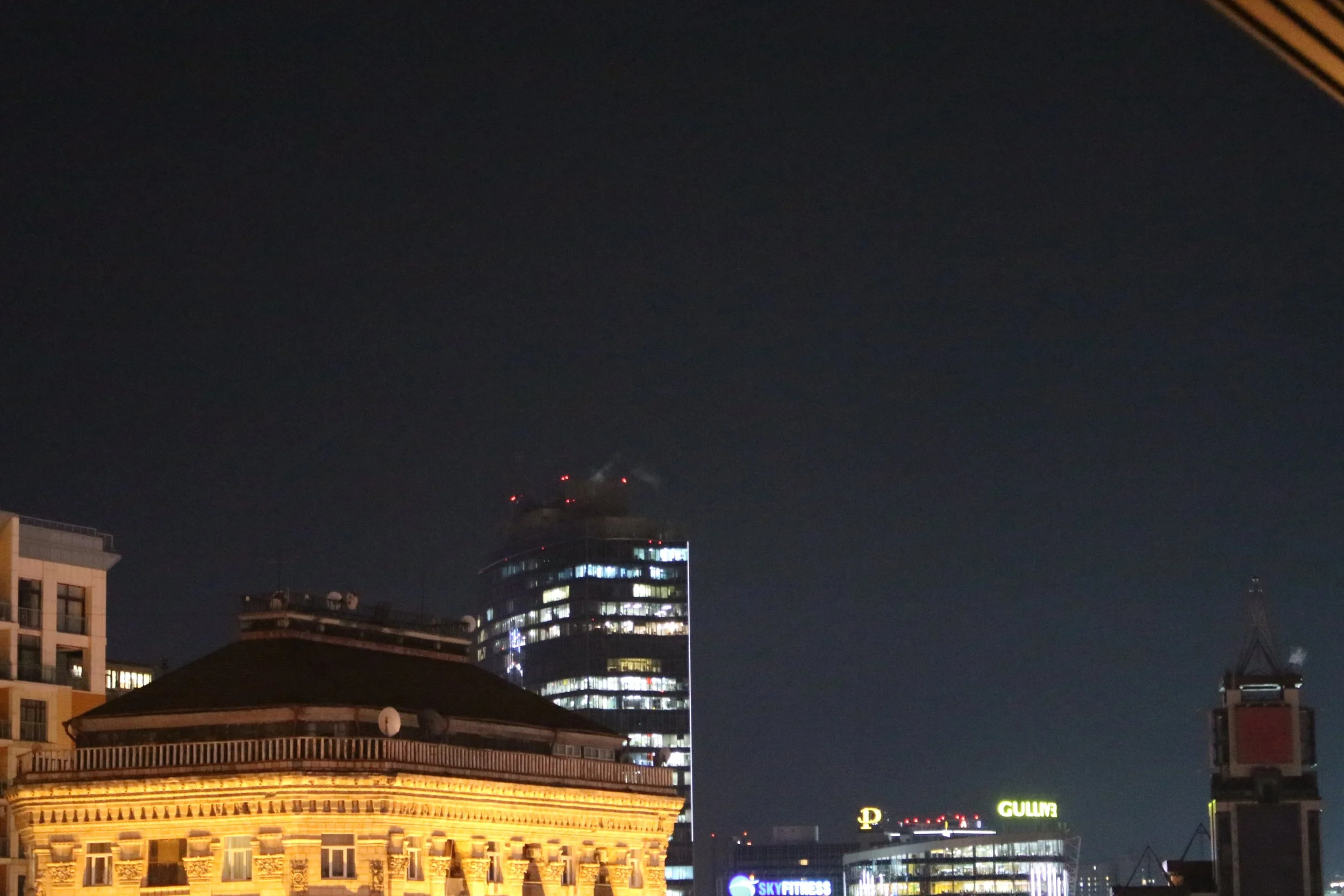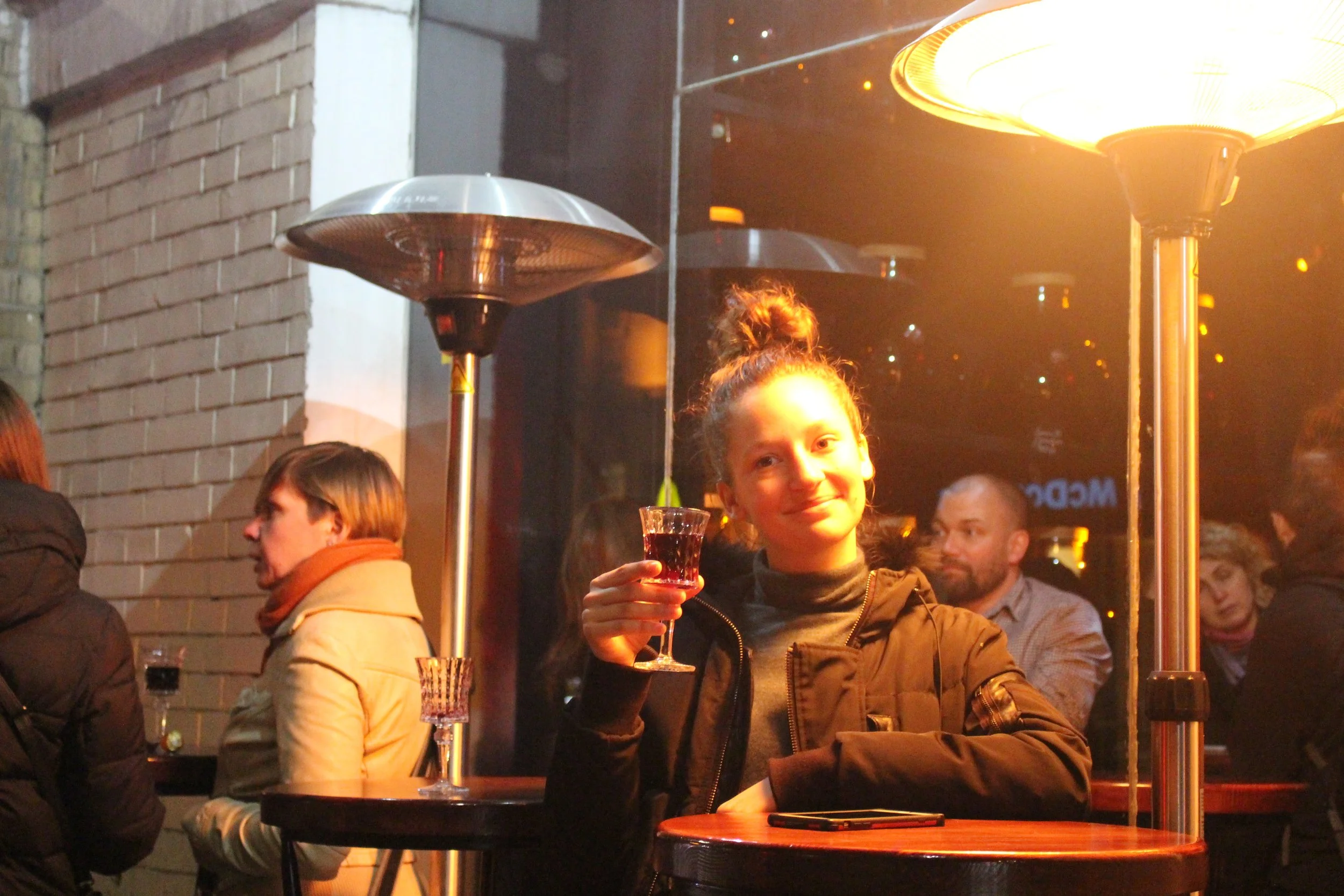A day in Kiev
We arrived in Kiev in the beginning of the evening. The traffic leading up to the city was quite insane and the air very polluted compared to the one from all the nature we’ve been crossing.
A BIT OF HISTORY
Kyiv or Kiev is the capital and the most populous city of Ukraine and located at its Central North, along the Dnieper River. Its population is around 3 million, making it the 7th most populated city in Europe as well as one of the oldest. Kyiv is an important industrial, scientific, educational and cultural centre of Eastern Europe. It is home to many high-tech industries, higher education institutions, and historical landmarks. The city has an extensive system of public transport and infrastructure, including the Kyiv Metro, which we didn’t think of using as we only had 24H to explore and preferred walking through it. The capital’s name is said to derive from the name of “Kyi”, one of its four legendary founders. During its history, Kyiv passed through several stages of prominence and obscurity, and it is quite visible throughout its architecture. It was also a fact we weren’t aware about and didn’t miss on googling after our sightseeing day!
Once we arrived at our Airbnb address we made ourselves comfortable and enjoyed some wine on the little balcony above the hectic traffic of the evening. After having slept in our sleeping bags in our converted car for a month, it was nice to stretch our legs, eat on a proper chair and feel at home in a bigger and more regular way.
In the morning, we decided to go on our usual « walk in the capital» day, starting it by (you know it by now) our usual « visit of the touristic info centre » which turned out to be a simple column in the middle of the square. After a quick stop at a Wi-Fi corner (because YES, we are not in the EU anymore and the data is priceyyyy) we managed to find a place to buy a very simplified map of the town written in Ukrainian and to start with the visit of the Sofia Cathedral.
Sofia Cathedral
The cathedral is one of thecity’s best-known landmarksand the first heritage site in the country to be inscribed on the World Heritage List. Aside from its main building, the cathedral includes an ensemble of supporting structures such as a bell tower and the House of Metropolitan. We visited the whole complex and it was quite an impressive one. The colours of those cathedral and churches are so surprising for us Europeans, as our churches are pretty standards colourfully speaking. Indeed, Russian and Ukrainian churches and cathedrals have those crazy blues and greens and yellows that you can find nowhere else!
St Michael Monastery
After that first visit, we kept wandering around the city and walked towards the St. Michael’s Golden-Domed Monastery. This impressive blue building is a functioning monastery Originally built in the Middle Age and comprises the Cathedral itself, the Refectory of St. John the Divine, the Economic Gates, and the monastery’s bell tower. We walked around quickly, as there was so much more to see in one day. The exterior of the structure was rebuilt in the Ukrainian Baroque style in the 18th century while the interior remained in its original Byzantine style which creates quite a contrast. The original cathedral was sadly demolished by the Soviet authorities in the 1930s but was reconstructed and opened in 1999 following Ukrainian independence in 1991. On the walls surrounding it was a memorial for all the soldiers and citizens who died during the Kiev Riots. It was a very emotional discovery for us, and we read a lot about it afterwards on theIndependence square that hold a big photographic exhibition about it. If, like us before, you’re unfamiliar with those events, I strongly recommend educating yourself as the Ukrainian History has been quite tragic and bloody as well as hold some particularly intense and recent events.
Since the start of Ukraine’s independence movement in 1990, the Independence square has been the traditional place for political rallies, including four large-scale radical protest campaigns: the 1990 student “Revolution on Granite”, the 2001 “Ukraine without Kuchma”, the 2004 Orange Revolution, and the 2013–14 Euromaidan. Maidan is also a regular site for non-political displays and events, however since 2014 most of them were moved to Sofiyivska Square or elsewhere, because making entertainment on a place where people were killed during Euromaidan was considered inappropriate.
Rest of the day
After that we walked past the St Volodymyr Cathedral and all the way to the Volodymyr hill where we could admire the Dnieper River, the glass bridgethat we walked on and the Friendship of Nations Arch. This Volodymyr Hill is a large 10.6 hectares park located on the right side of the Dnipro River. Its apparently most famous for the monument to St. Volodymyr of Kyiv which is overlooking the scenic panorama. With a glass of warm wine in hand we walked through Mariinsky Park on the lover’s bridge and headed for a late lunch in a secret restaurant in a mall called Ostanya Barykada where we needed a password to get in. The food was delicious, and we tried to taste as many local dishes as we could! Once we got some strength and warmth back, we headed towards the centre of Kiev and found our new favourite thing: The Drunken Cherry, a type of warm cherry liquor that was delicious and that we drank outside under the heating lamps. After finding ourselves on the rooftop of the mall to enjoy the view of the late-night traffic and the shiny and lively city, we felt pretty exhausted of all this walking and decided to head back to the apartment for a cosy evening before our very exciting day coming up!



